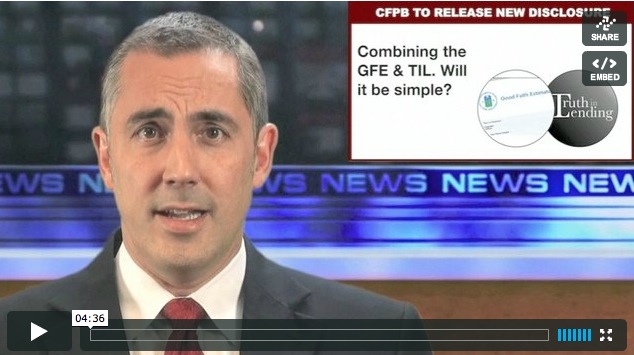
As more seniors tap into their home equity to deal with the growing uncertainties of retirement, a report released by the MetLife Mature Market Institute calls for a comprehensive approach to educate and protect seniors on how to use home equity for financial planning.
Approximately 14% of seniors are taking cash out of their house through either a home equity loan or reverse mortgage, according to “Tapping Home Equity in Retirement: The MetLife Study on the Changing Role of Home Equity and Reverse Mortgages,” released yesterday. It found 35% viewed their home as collateral for a loan.
The study, jointly conducted with the National Council on Aging, indicates that older homeowners are using home equity to increase income security, to deal with unexpected expenses, and to improve debt management, according to a news statement. It highlights options such as using a reverse mortgage for delaying Social Security collection, consolidating credit card debt, and for paying out-of-pocket home and health care expenses with the credit line option.
“Our research on baby boomers indicates that they are more open than previous generations to tapping home equity and considering reverse mortgages to help fund their retirement,” said Sandra Timmermann, director of the MetLife Mature Market Institute, in the statement. “With the right guidance and policy protection, reverse mortgages can be an important financial option for boomers who do not have adequate savings.”
The report emphasizes that consumer education must be part of any new efforts aimed at increasing the use of reverse mortgages.
“The financial services industry, policymakers, and consumer advocates cannot be complacent about the potential benefits and risks of using home equity to address the challenges facing older Americans,” said Barbara R. Stucki, director of the NCOA’s Reverse Mortgage Initiative, in the statement. “We need to work together to educate consumers, create cost-effective financial products, and promote public policies that strengthen consumer protections for older homeowners.”
To complement the study, MetLife released “The Essentials: Reverse Mortgages,” a free guide to consumers.





